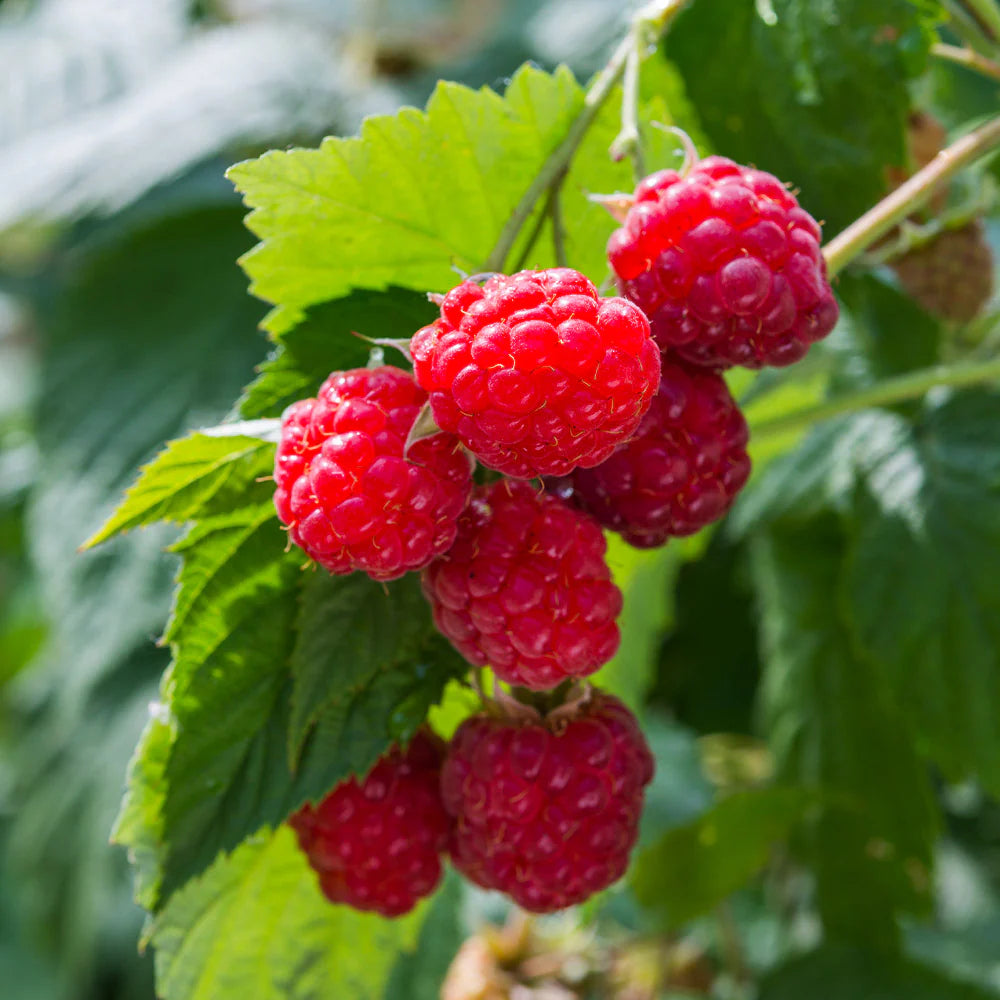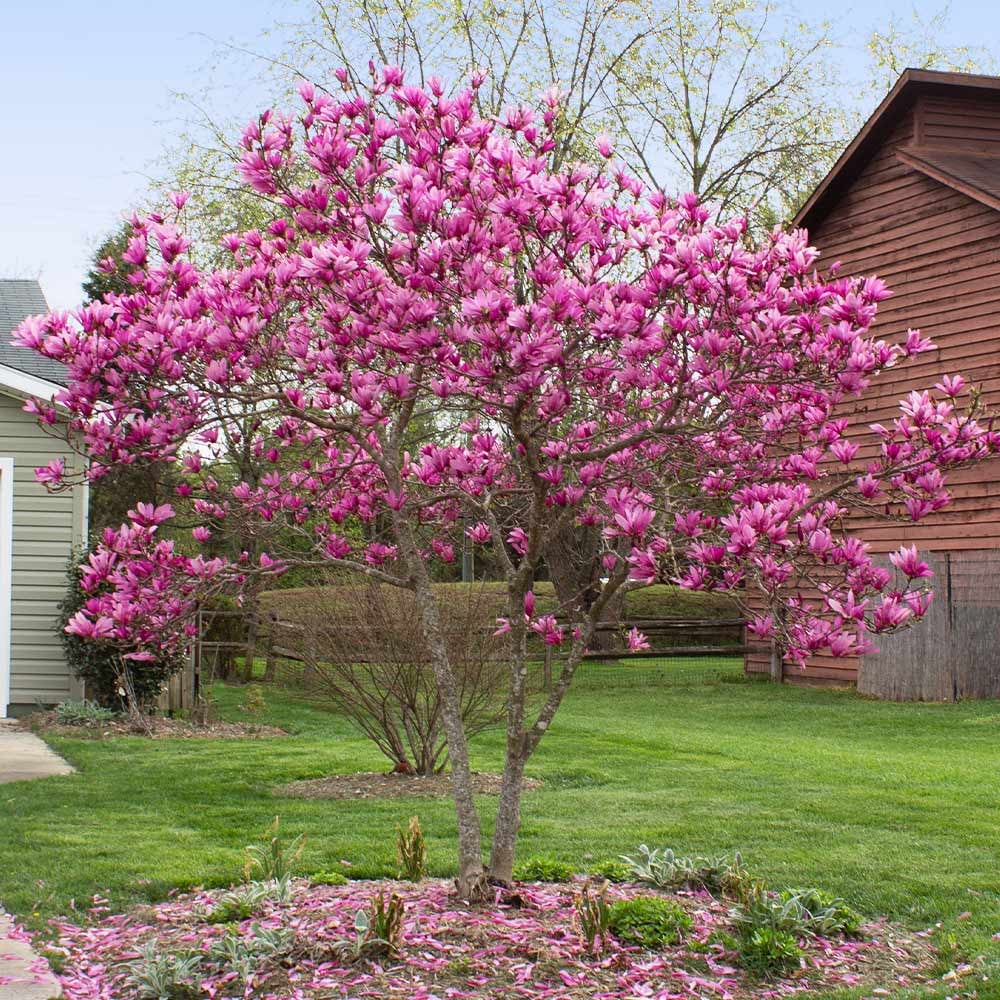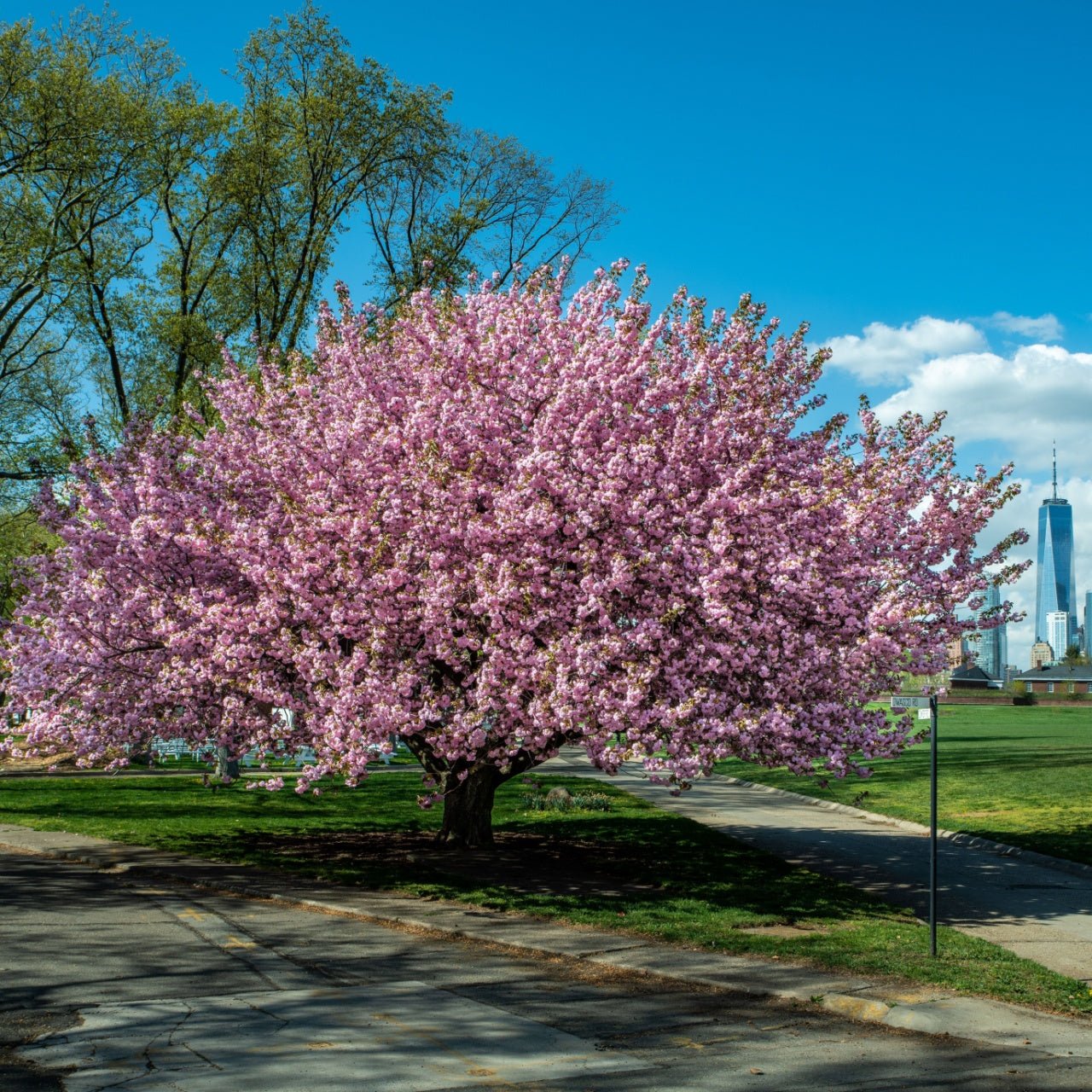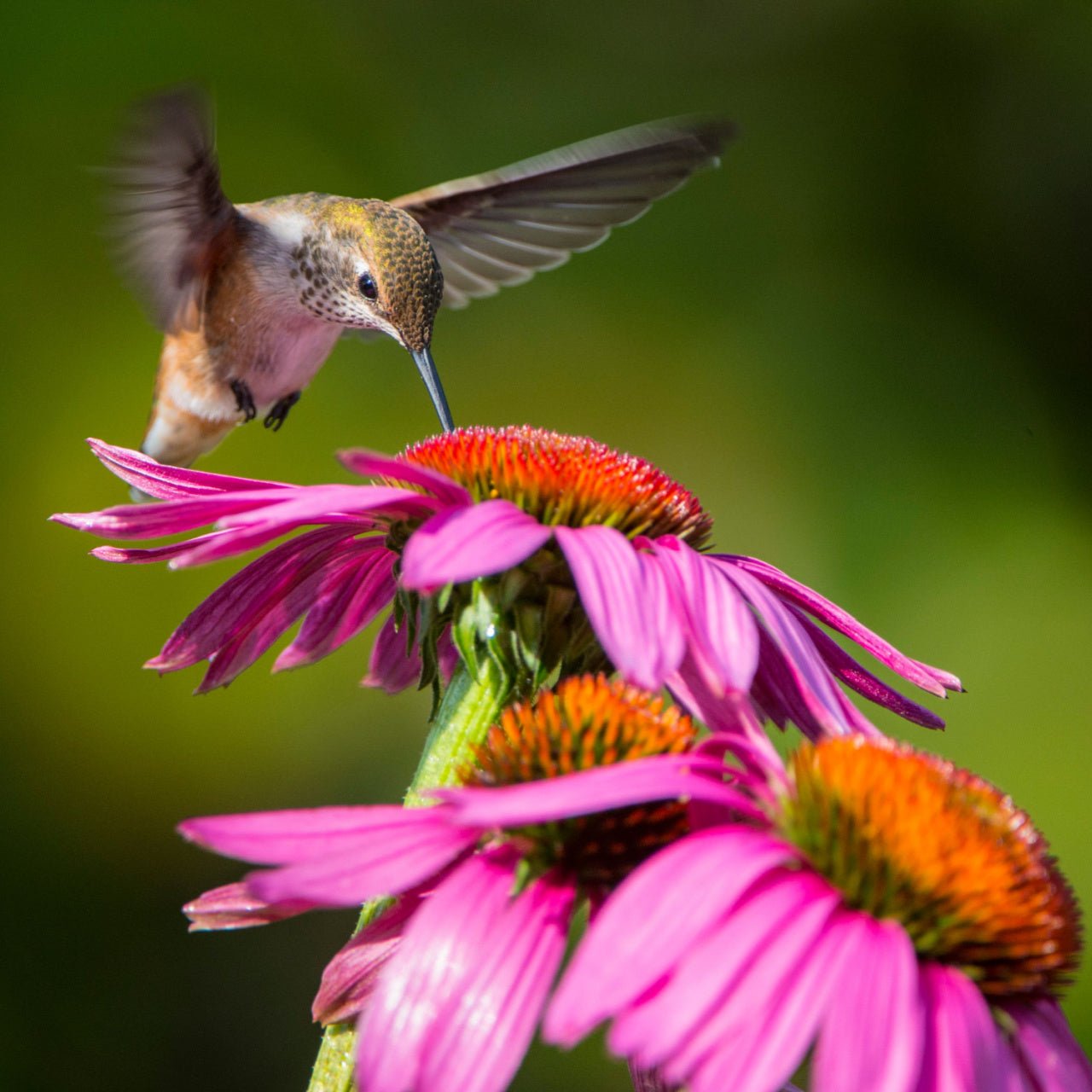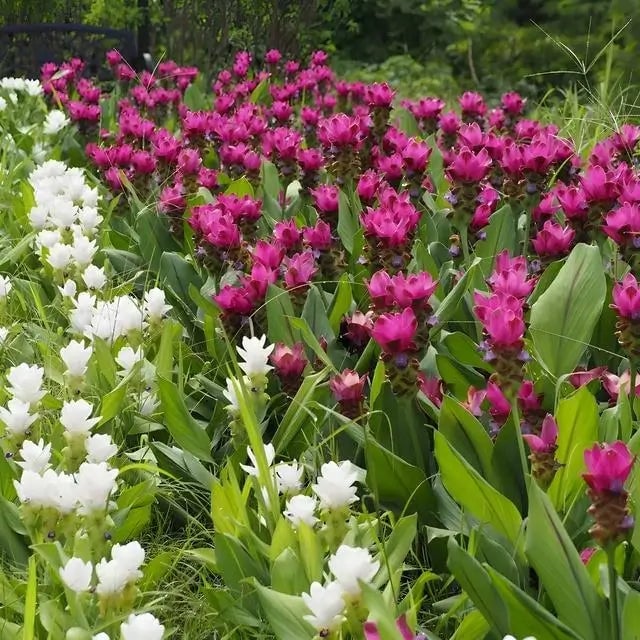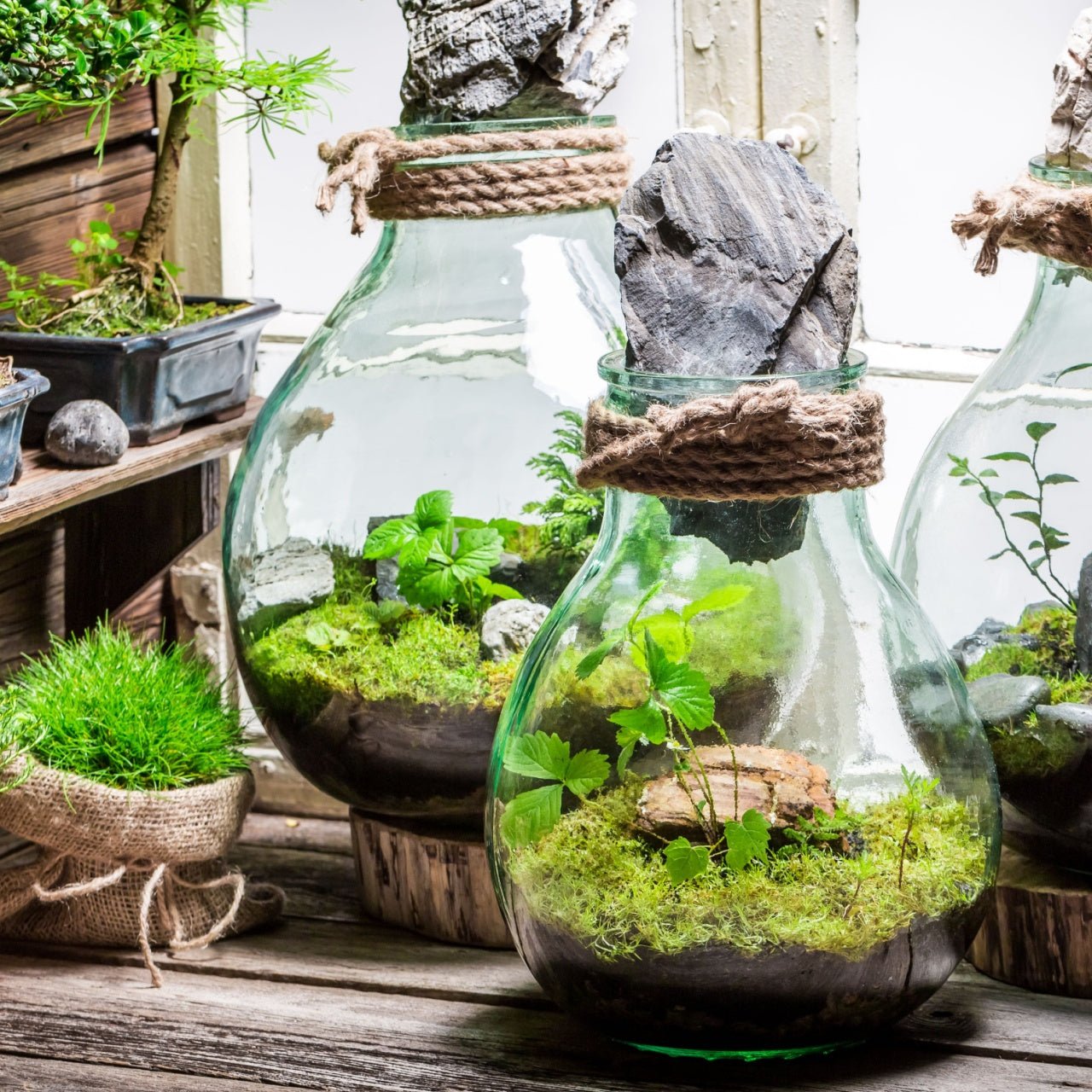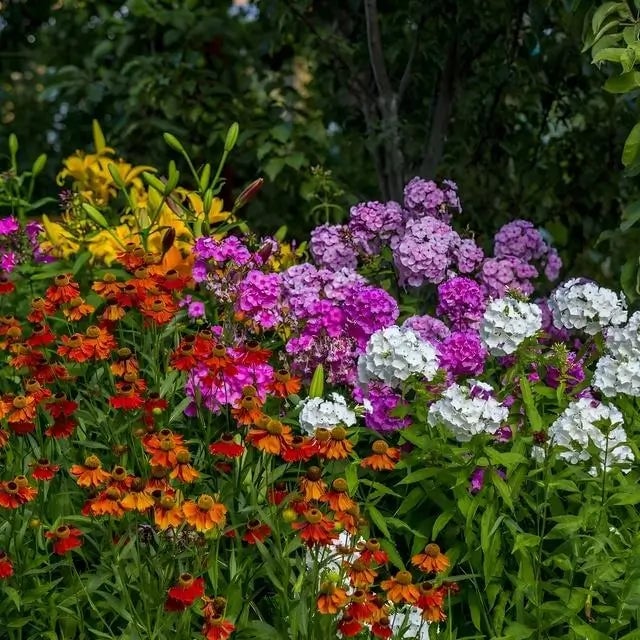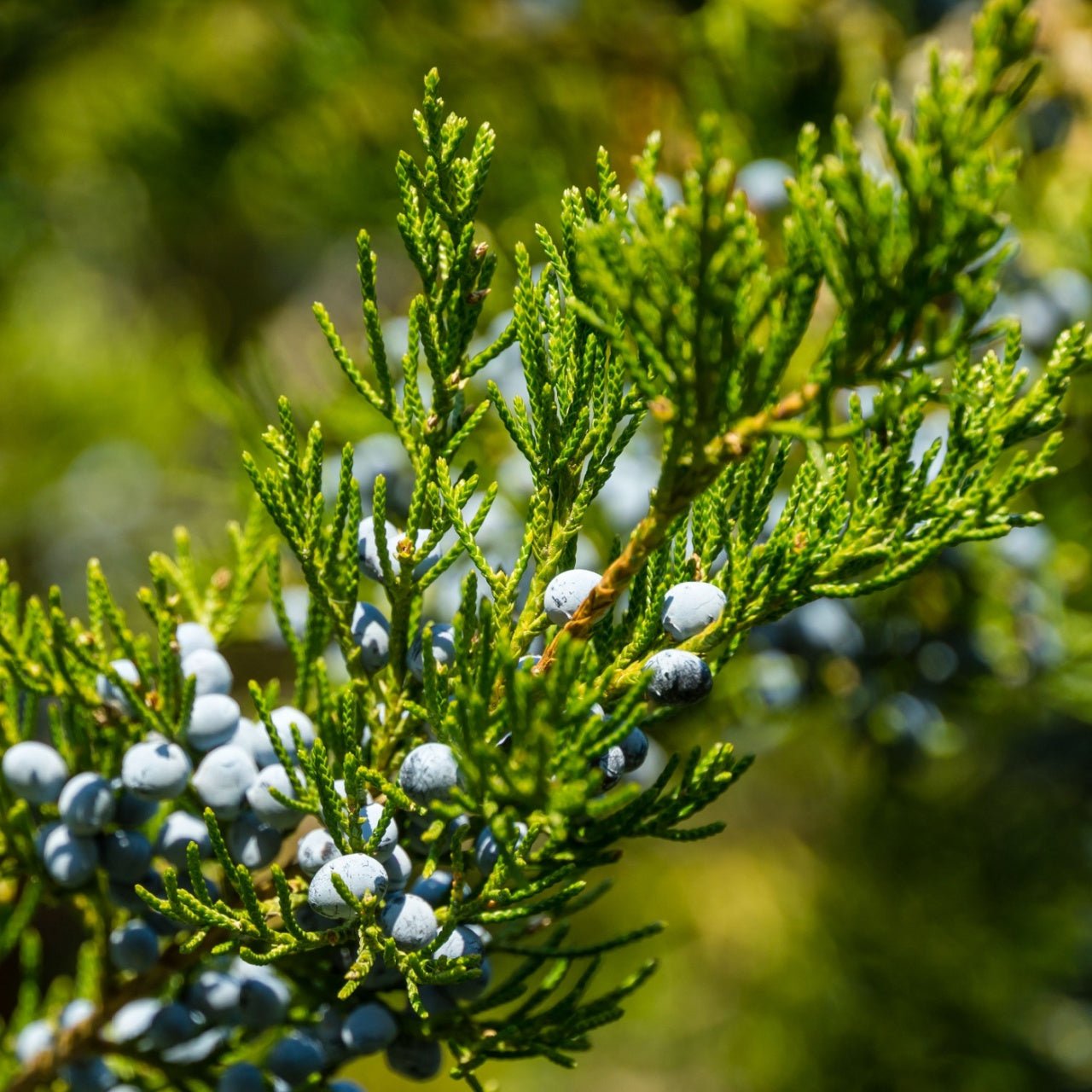
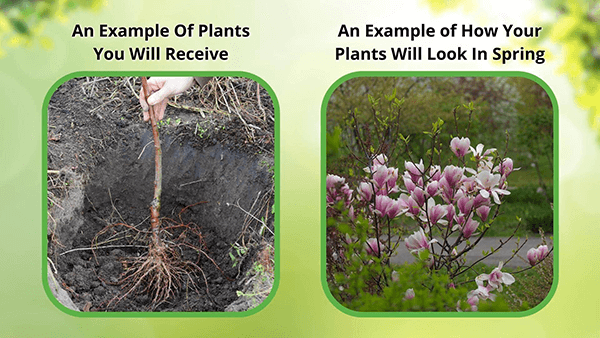


Cedar Tree
Thrives in Zones 2 - 9
Provides year-round greenery and beauty
Aromatic wood repels insects naturally
Low-maintenance and drought-tolerant plant
Ships in
November 2025Cedar Tree - Cedrus sp.
The Cedar Tree (Cedrus sp.) is an evergreen conifer native to the northern parts of the United States. It is a truly majestic tree and will create high visual impact in your garden or landscape.
Plant Details - Cedar Tree
Family: Pinaceae
Light Requirement: Full Sun
Water Needs: Moist
Height: 100 - 130 ft.
Spread: 80 – 100 ft.
Growth Rate: Slow
Bloom Time: Spring
Wildlife Value: Attracts birds
Landscape Uses and Maintenance - Cedar Tree
The Cedar Tree is a beloved native tree, and for good reason: it has an excellent scent from its aromatic bark and resin, and evergreen needles that create drama for all four seasons.
This is a low maintenance tree that is ideal for creating a winter garden, or for adding height to your pinetum. Excellent for planting as a focal point in your landscape or as a living privacy screen.
This tree will thrive when planted in a location with full sun. Avoid planting this tree in a location with shade.
Plant this tree in a location with well draining soil. This tree can be planted in a variety of soil textures, including sand, clay, and loam. It can grow in alkaline or slightly acidic soils.
This tree will not need frequent fertilization. If you feel your tree needs some support, you can give it a balanced fertilizer.
It will not need routine or consistent pruning. Be sure that you prune branches when you notice disease or damage. Place mulch around the base of the tree to help hold moisture; however, be sure that you avoid planting too close to the bottom.
Are you having problems with deer? This tree is deer resistant.
Watch this tree for signs of any disease and have a treatment plan ready to implement if it is needed. Reach out to your local extension office for treatment recommendations.
Noteworthy Characteristics
The Cedar Tree will provide excellent habitat for plenty of wildlife, including small mammals and birds.
This tree is a great option for adding erosion control and soil stability to your yard.
This Is How Your Plants Will Look upon Delivery

Height at Maturity
Over 25 Feet
Care
Cedar trees thrive in well-drained soil and need regular watering, especially in dry periods. Prune to preserve form and remove dead branches—Mulch around the bottom to maintain moisture and keep weeds at bay. Avoid excessive fertilization.
Plant Reproduction
Cedar trees spread through wind-dispersed seeds and vegetative propagation.
How to Grow and Care for Bare Root Trees
Bare root trees are shipped dormant without soil, making them lightweight, cost-effective, and easy to plant during the cool months of early spring or fall. To begin, soak the roots in a bucket of water for 4–6 hours before planting to rehydrate them. Choose a sunny location with well-draining soil and ample space for the tree’s mature size.
Dig a hole twice as wide as the spread of the roots and deep enough to keep the root flare (where the roots begin to spread from the trunk) at or slightly above ground level. Create a small mound of soil in the center of the hole, spread the roots evenly over it, backfill with native soil, and gently tamp down to remove air pockets. Water thoroughly after planting.
Keep the soil consistently moist (not soggy) during the first growing season, and apply mulch around the base—avoiding direct contact with the trunk—to conserve moisture and suppress weeds. Stake the tree if necessary, and prune only to remove dead or damaged branches. With proper care, your bare root tree will establish quickly and grow strong for years to come.
Shipping date depends on the date displayed and chosen when you order from the product's page.
We do not accept returned plants. If you purchased an extended warranty we do accept claims, please navigate to the warranty page for instructions HERE





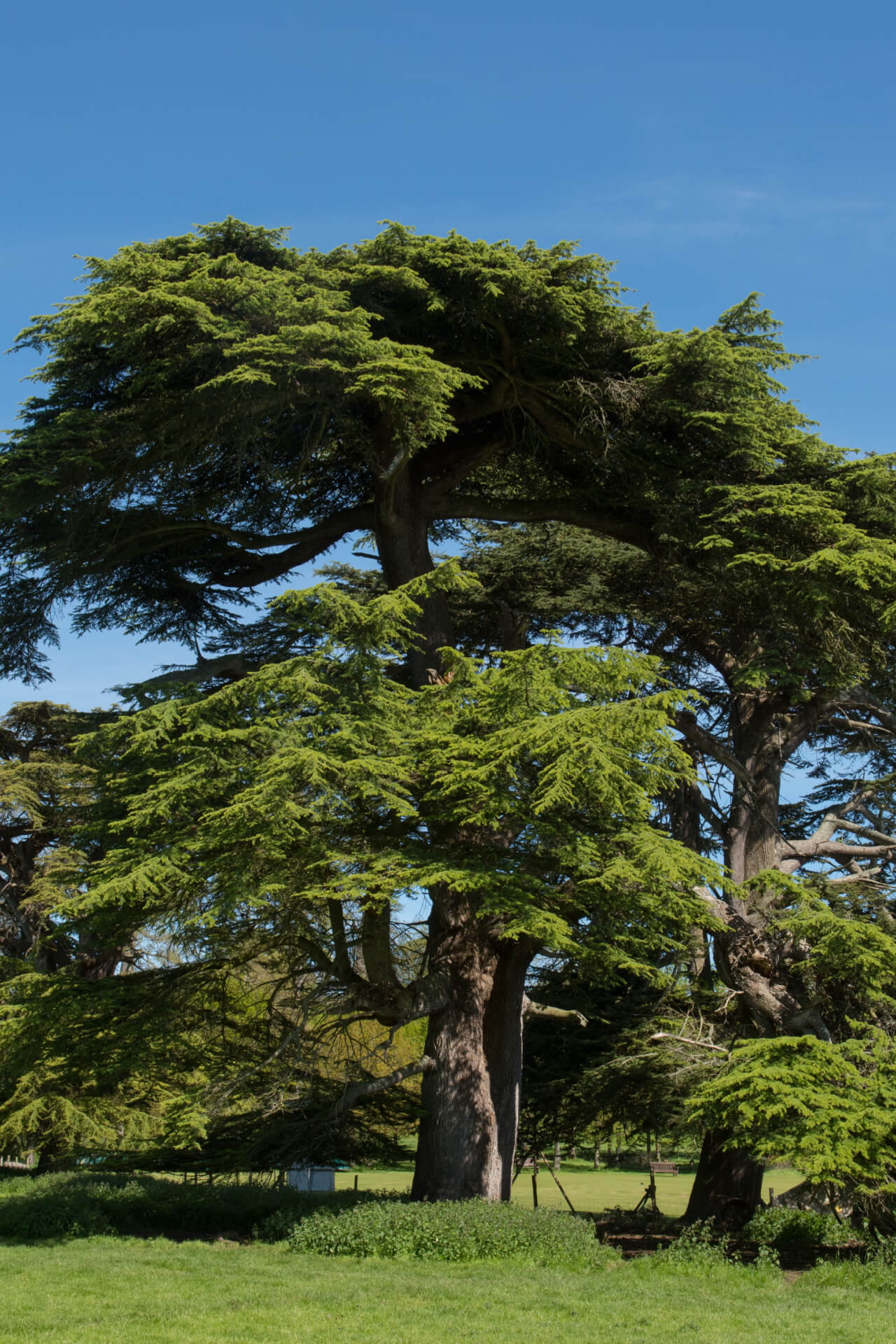
Year-Round Beauty:
Cedar trees maintain their lush, green foliage throughout the year, providing constant visual appeal in any season. Their evergreen nature ensures your landscape always looks vibrant.
Aromatic Wood:
The natural, fragrant scent of cedar wood adds a delightful aroma to your garden. This pleasant fragrance can enhance your outdoor space and create a calming atmosphere.
Durable Timber:
Cedar wood is known for its durability and resistance to decay, making it valuable for timber and various wood products. Planting Cedars can be an investment in high-quality wood for future use.
Wildlife Habitat:
These trees provide shelter and food for various wildlife, promoting biodiversity in your garden. They attract birds, squirrels, and other creatures, enhancing your ecosystem.
Header
Use this content to share information about your store and products.
Frequently asked questions
Still have a question? Contact us here.
Yes, we ship all over the world. Shipping costs will apply, and will be added at checkout. We run discounts and promotions all year, so stay tuned for exclusive deals.
It depends on where you are. Orders processed here will take 5-7 business days to arrive. Overseas deliveries can take anywhere from 7-16 days. Delivery details will be provided in your confirmation email.
You can contact us through our contact page! We will be happy to assist you.








